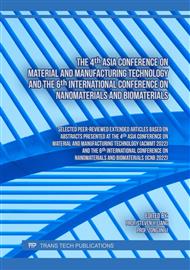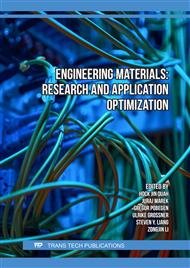p.77
p.83
p.89
p.95
p.105
p.111
p.117
p.131
p.139
Case Study of Applying 3D Laser Scanning Technology to Spacing Inspection of Rebar Placing Work
Abstract:
The technology of the 4th industrial revolution is providing opportunities to improve productivity in various fields including the construction industry. The level of activation of domestic smart construction technology is on the rise, and especially the technology linking 3D scanning and BIM improves the efficiency of management in the construction and maintenance stages. In this study, we are to increase the timeliness of quality inspection by applying 3D scanning technology to frame work with high dependence on manpower during construction work. In this study used case of applying technology. The precision of rebar construction by converting the subject of the study into data that can be analyzed through a three-step 3D scanning process and comparing it with a 3D BIM model based on design drawings was identified by case study. The result of the study showed that it was possible to compare the rebar spacing in the design drawing and the rebar spacing of the actual rebar. When 3D scanning technology was applied based on the research results, it was found that it is a highly efficient method compared to the existing method in the operation of the work type. Therefore, it is thought that it will be possible to contribute to the improvement of the competitiveness of the construction industry by securing examples of applying the 4th industrial revolution technology to various types of work and using it for future research.
Info:
Periodical:
Pages:
117-129
Citation:
Online since:
May 2023
Authors:
Price:
Сopyright:
© 2023 Trans Tech Publications Ltd. All Rights Reserved
Share:
Citation:



